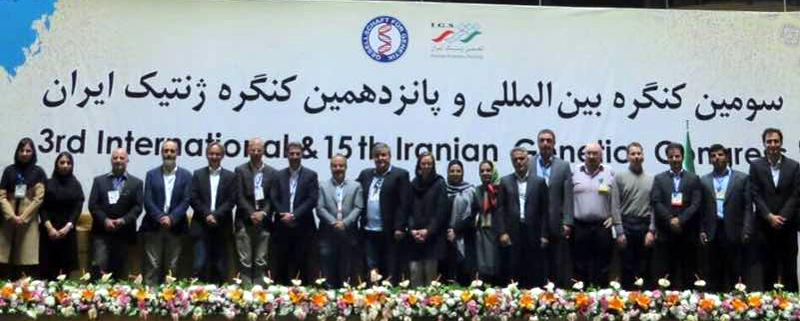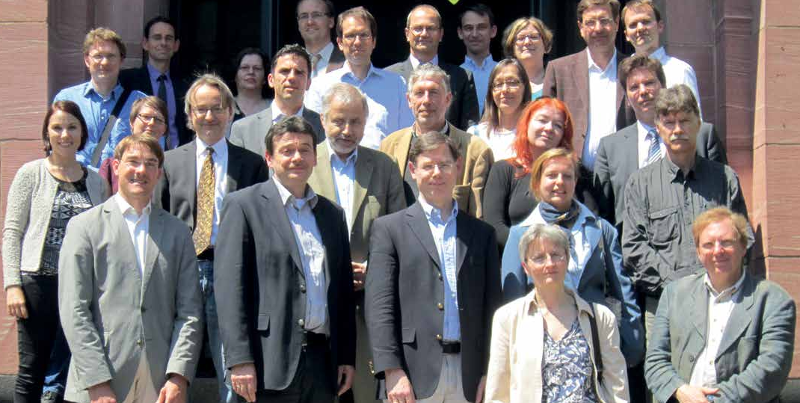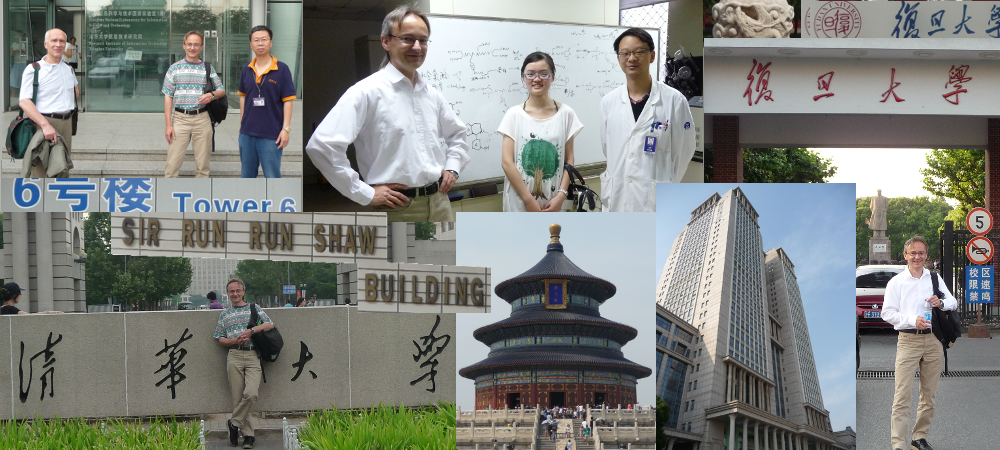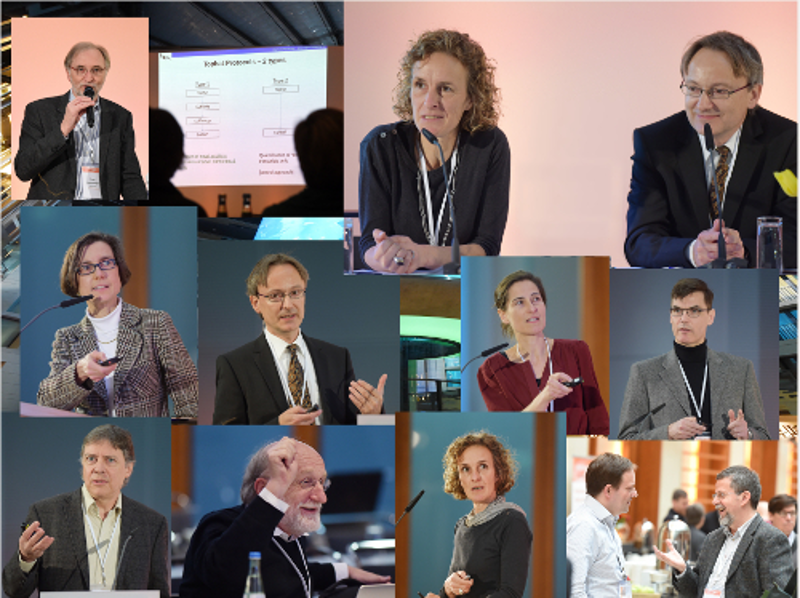The analysis of the complexity of the biological cell is a tricky adventure and still far from being accomplished. The type diversity of molecular players as well as the number diversity of each molecular player (expression) spans an enormous combinatorial space. This variability reflects the broad action capability of this biochemical system. The highly parallelized biochemical reaction structure is cross-connected at the level of partially isolated sub-networks, and fine tuned by i.a. a continuum of modifiers/ modifier mechanisms, aggregates, spatial structures, compartments, to name some features.
We present here some of our activities, put them into a broader context and try to establish a structured archive of our research knowledge.
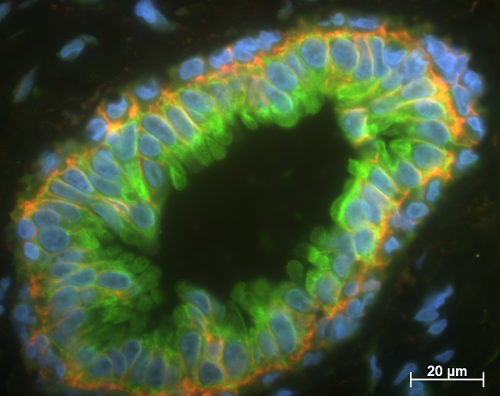
The basic research effort of our independent group is centered specifically around the expression networks and how they form this robust and adaptive cellular system. For that, we build on i.a. the analysis of expression/ sequence data sets and accompanying theoretical studies. The generated mechanistic insights will be employed especially to understand cancer formation and progression in breast, bone and further cancers. A minor focus deals with the definition of biological marker panels useful in diagnostics/ prognostics.
Furthermore the observed mechanisms exhibit a lot of analogies to other complex systems like the human society. Therefore insight into biological systems might also inspire concepts in other sciences and vice versa.


EMAIL: sandra.holert@ukmuenster.de
FON: +49-251-8353004
OFFICE HOURS: Monday-Thursday 10:00-16:30
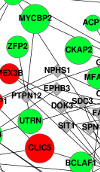
Cellular networks associated with our publications:
Osteosarcoma Cell Proliferation:
metabolic miR and TF
signaling miR and TF
co-regulatory network.
Osteosarcoma: get rid of the heterogenous karyotype - look on copy number based functional modules.
Ewing sarcoma: side population with stem cell like features.

